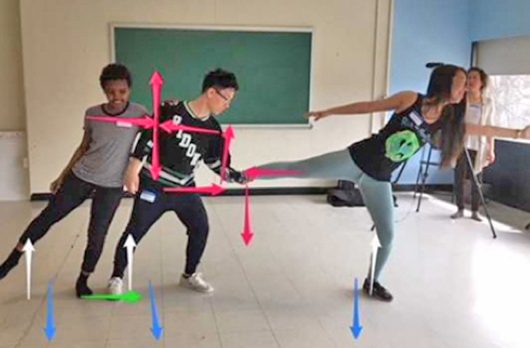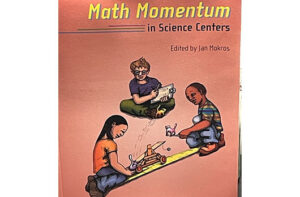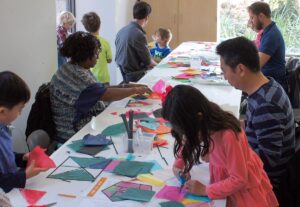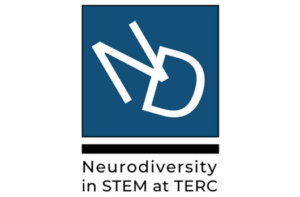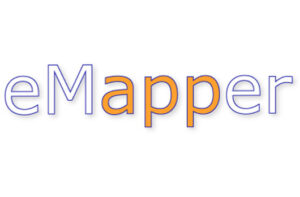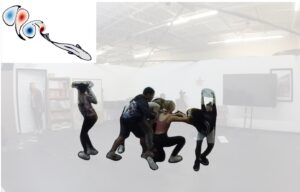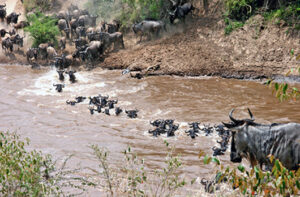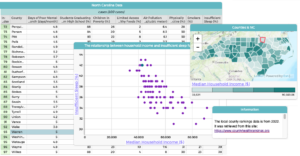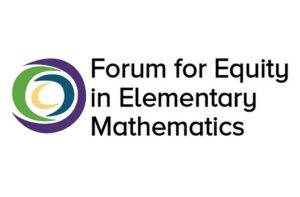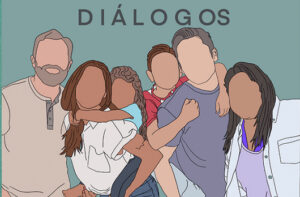Embodied Physics: Utilizing dance resources for learning and engagement in STEM
Folashadé Solomon, Dionne Champion, Mariah Steele & Tracey Wright
Solomon, F., Champion, D., Steele, M and Wright, T. (2021) Embodied Physics: Utilizing dance resources for learning and engagement in STEM. Journal of the Learning Sciences, 31:1, 73-106, DOI: 10.1080/10508406.2021.2023543
Summary
Physics is often presented as disembodied, separating learners from opportunities to utilize their bodies as sense-making resources. By ignoring issues of body, ethnicity and culture, these framings limit access to physics for many, including Black girls, who struggle to gain access to physics. Studying the situated, embodied cultural practices of Black girls in physics learning environments provides a window into the range of resources available for physics exploration and illuminates possibilities for culturally relevant physics pedagogies.
Methods
We engaged in micro-ethnographic analysis of video of youth actions and interactions during collaborative activities that combined dance and dance-making practices with physics content.
Findings
Our findings show how (1) dance offered an embodied lens for physics investigation; (2) positioning movement as inquiry gave dancers access to an expanded vocabulary for sense-making; and (3) dance provided opportunities to bring in social and cultural resources as critical funds of knowledge.
Summary from Marshall Memo
In this Journal of the Learning Sciences article, Folashadé Solomon (TERC and Framingham State University), Dionne Champion (University of Florida), Mariah Steele (University of Rochester), and Tracey Wright (TERC) say that physics has often seemed off limits to African-American girls. To counteract this exclusion, the authors devised a program that integrates dance and dance-making practices with physics content.
Describing an activity that has circles of dancers coordinating their weight, strength, and balance, the authors say, “This is the work of dancers, but it’s also physics. This activity, part of an embodied physics learning lab for high-school girls, reveals how gravity, forces, and balance play a significant role in developing choreography. It also reveals how dance can play a critical role in physics engagement.”
The full article provides details and illustrations; here are a few of the physics concepts incorporated in the program:
- Gravity – Learning dance phrases, sharing weight with a partner, practicing technical dance feats such as jumping and turning, and then analyzing the forces at play;
- Newton’s Laws of Motion – Choreography focused on forces and full-group improvisations to illustrate physical phenomena such as the formation of stars;
- Electron structures and chemical bonding – Representing physics topics in movement;
- The periodic table – Dancing the elements.
“Black girls remain an untapped resource for STEM creativity and innovation,” conclude the authors. “It is critical that we center and celebrate their knowledge resources as we reimagine what physics learning could be.”

Related People:
Folashadé Solomon

